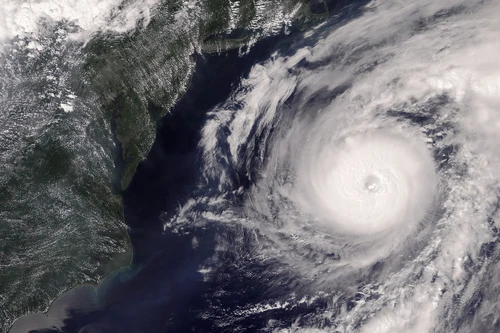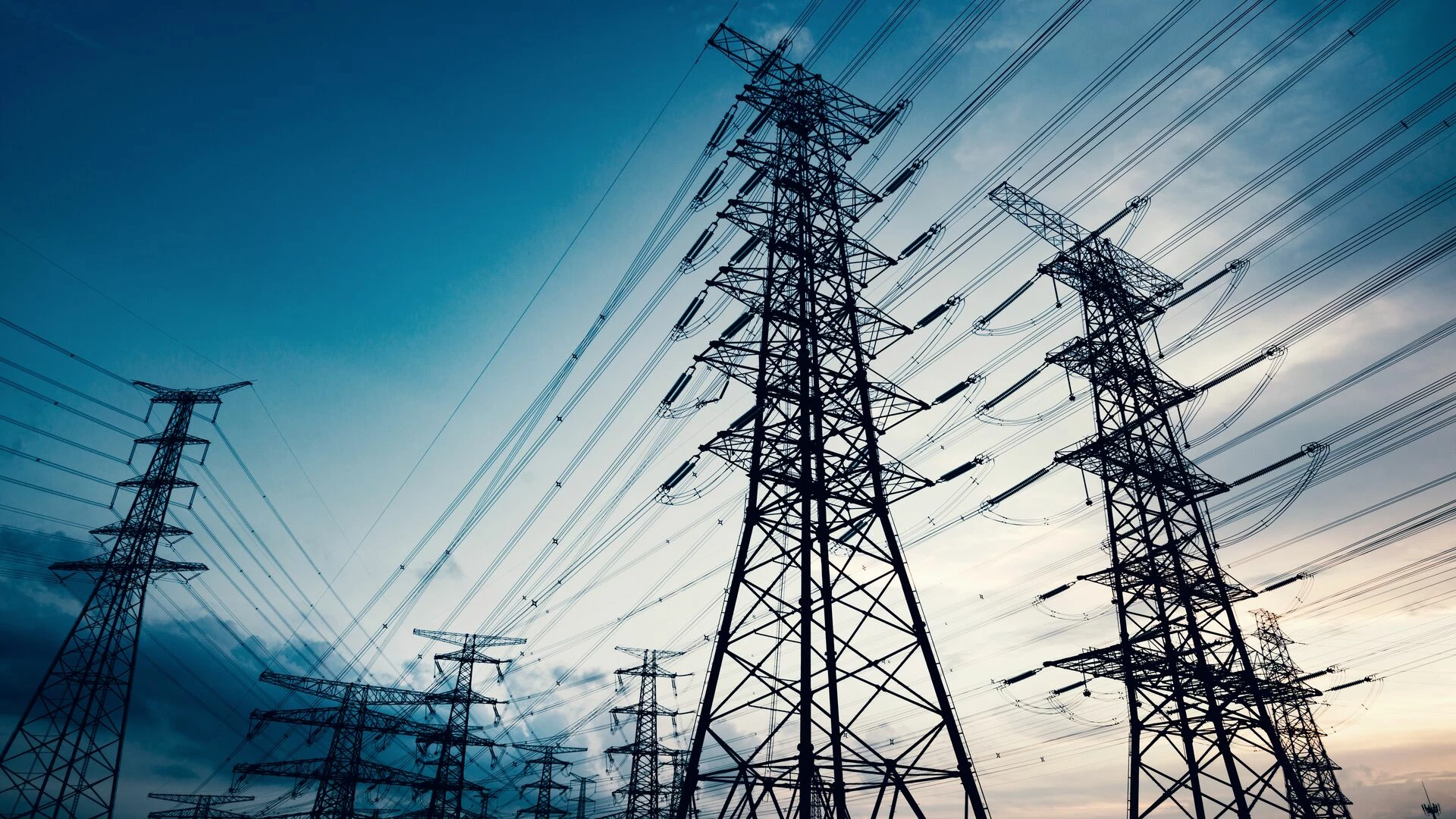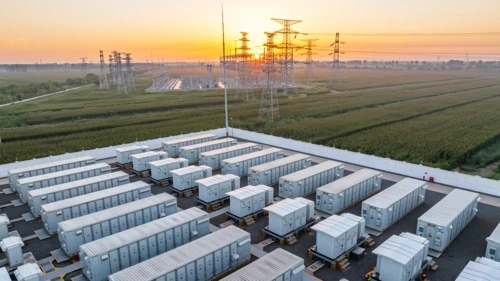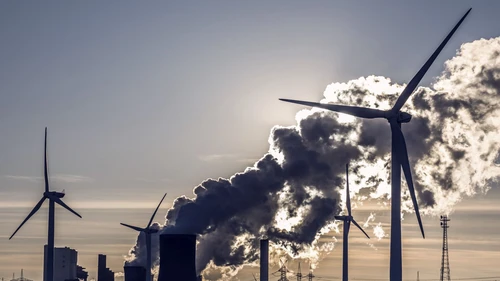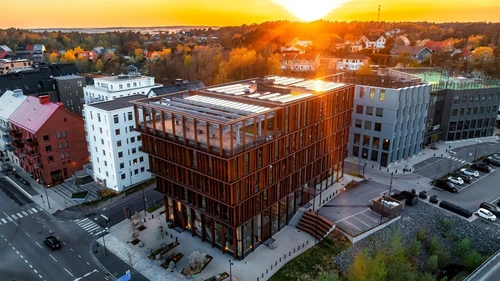Geopolitical and cybersecurity threats
Recent acts of sabotage in the Baltic Sea and rising geopolitical tensions have made security of supply and cybersecurity top strategic concerns for the Nordic energy sector. According to DNV’s Energy Cyber Priority 2025 report, 65% of energy executives now view cyber threats as the greatest current risk to their business operations. The accelerating digitalisation of energy systems, particularly integration of operational technology (OT) with IT, has significantly increased vulnerability, and the OT defense appears to lag behind IT cybersecurity, potentially leaving critical infrastructure at risk for sophisticated attacks.
To address these challenges, Nordic energy actors must strengthen cyber defenses across the entire value chain. Integrating cyber resilience into all layers of the power system will be critical to ensuring operational continuity and public trust. The ongoing implementation of the EU’s NIS2 Directive, which expands cybersecurity requirements for essential entities including energy providers, will play a key role in harmonising standards and improving preparedness across member states.
Supply chain stress
Geopolitical tensions and market concentration are placing growing pressure on energy supply chains. The Nordic power sector depends on a wide range of imported components such as transformers, semiconductors, battery materials and rare earths, many of which are sourced from or processed in China. This strategic dependence creates vulnerabilities in times of trade disruption, export restrictions or diplomatic conflict.
Recent bottlenecks in global logistics, combined with rising demand for clean energy technologies, have led to delays and cost inflation across infrastructure projects. Grid expansion, renewable deployment and storage rollouts are all affected by constrained access to critical inputs. The EU has responded with initiatives to strengthen domestic production and diversify supply chains, but implementation remains uneven.
To mitigate these risks, Nordic energy producers must assess exposure across the value chain and develop strategies for resilience. This could be supplier diversification, stockpiling of key components, and closer alignment with EU industrial policy.
Market risk and price volatility
The increasing integration of variable renewable energy sources into the Nordic power grid introduces new challenges in market stability and price predictability.
The growing share of wind and solar in the Nordics and across Europe has led to a sharp increase in days with negative power prices during high generation and low demand hours. The Nordic Council of Ministers recently published data showing an explosive rise in number of hours with negative electricity prices in any Nordic country, reflecting a system with inflexible demand and limited grid capacity.
While power generation surplus encourages storage and flexibility, it also reduces revenues for producers and increases investment risk. At the other end of the spectrum, dunkelflaute conditions, prolonged periods with little wind (or sun), highlight the need for dispatchable and storage-based backup. Navigating between surplus and scarcity is a key challenge for market design.
In October 2024, the Nordic region implemented Flow-Based Market Coupling (FBMC), which dynamically calculates cross-zonal capacity based on actual grid conditions. While this increases market efficiency and price convergence, it also makes local grid bottlenecks more visible in spot prices. Persistent congestion between northern and southern Sweden and Norway causes significant price spreads during peak periods, requiring accelerated grid investments to address these structural imbalances.
Social license and Indigenous rights
Legitimate societal interests, such as climate action, nature protection and Indigenous People’s rights, increasingly come into conflict, and the tensions cannot simply be regulated away. With multiple interests to consider and a heavily regulated permitting framework, project timelines are often prolonged, posing a structural challenge to the pace of renewable energy deployment. Without early dialogue and co-design, projects may face delays, cancellation or reputational risk.
The Fosen ruling in Norway in 2021, where the Supreme Court found that wind farms violated the cultural rights of the Sámi people under international law, highlighted the importance of Indigenous Peoples rights in renewable energy development and permitting processes.
In Sweden, according to Svensk Vindenergi, over 63% of new onshore wind project applications were rejected by local municipalities in 2024 due to land use conflicts, nature concerns and visual intrusion.
